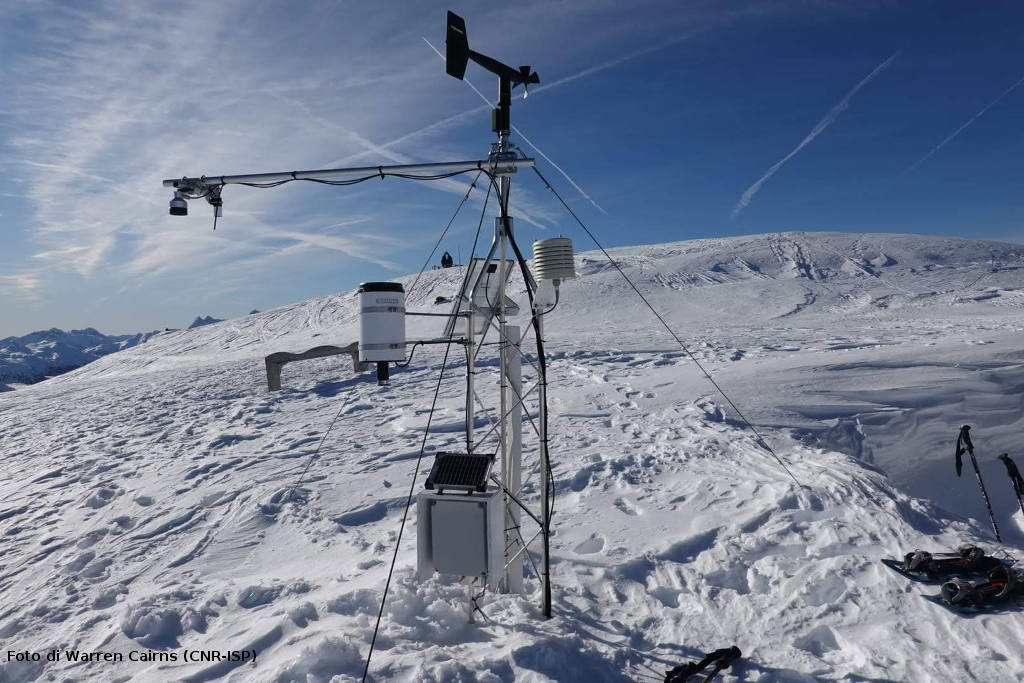Disentangling mechanisms controlling atmospheric transport and mixing processes over mountain areas at different space- and timescales (DECIPHER)

Picture rights: Dino Zardi.
The project will investigate processes controlling exchange of momentum, energy and substances between the Earth surface and the atmosphere, and transport processes, across a variety of scales, including turbulent mixing and removal by precipitation scavenging.
The project will combine observational activities, simulations by means of numerical models, and theoretical analysis to contribute filling existing gaps in our present understanding, as well as in our predictive capabilities, about atmospheric processes in a range of spatial scales, known as "gray zone" or "terra incognita", as they are still poorly resolved, both by observing systems, and by numerical weather prediction models.
Field measurements will be performed at two selected target areas representative of two different mountain situations: the isolated peak of Col Margherita (Eastern Italian Alps) and an extended slope on a side of Monte Baldo (Central Italian Alps). The integrated multi-instrumental setup will include weather stations, instruments for eddy covariance measurements of turbulence, ground-based remote sensing systems and sampling systems for PM10 mass concentration and chemical characterization of particulate.

High-resolution numerical simulations of meteorological and transport processes will be also performed by means of suitable prediction models, specifically designed for high-resolution runs, including back-trajectory models. Results from measurements will provide the basis for refining our representation of the phenomena under investigations, and improve their parameterizations in the above models, in view of appropriately accounting for the role of the many factors involved, over a variety of weather and seasonal situations.
Results will advance our understanding of the complex interactions between the atmosphere and the earth surface over nontrivial topography, and in particular to disentangle factors contributing to the concentrations measured at high-altitude observatories.
Moreover, they will allow improving our representation of those processes in numerical prediction models for numerical weather forecasting and climate projections. Further applications will include prediction and assessment tools for decision-supporting systems for air quality management, mountain agriculture,environmental protection, renewable energy source assessment and management.
